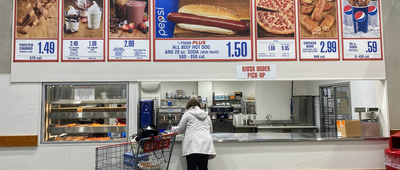Century of Change
With the 2020s well underway, we're still looking to see how predictions in everything from cars to investments play out — but also seeing similarities some parallels with what America experienced a century ago. That starts, of course, with a coronavirus pandemic that had striking similarities to the Spanish Flu pandemic that began in 1918 and continued into the early 1920s. Read on for more about that, and to see how history does and doesn't repeat itself in other ways, and share your reactions and observations in the comments.











































